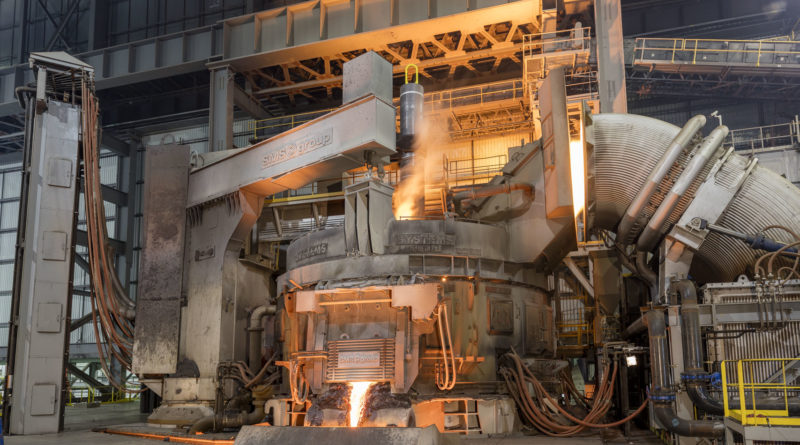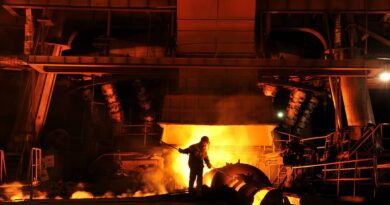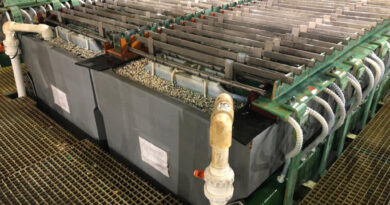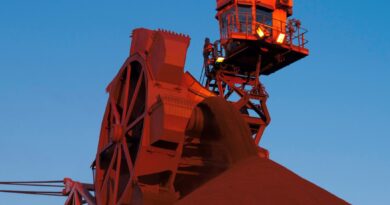POSCO reports on current status of power use at the steel works
How much electricity does steel production take? POSCO used about 25 TWh (terawatt hour) of electricity at Pohang and Gwangyang steel works in 2021, which is equivalent to the amount of power generated by the three nuclear reactors combined. Considering that Korea’s renewable energy generation in 2021 is 39.1 TWh according to the Korea Electric Power Corporation’s report 2021, the amount of electricity consumed by POSCO Steel works in a year accounts for about two-thirds of Korea’s annual renewable energy generation.
However, looking at KEPCO’s ‘Energy-intensive companies’ Sales performance ranking in 2021’, the amount of electricity that POSCO purchased through KEPCO was only 3.8 TWh, not 25 TWh. The reason why there is such a difference between KEPCO’s sales volume and POSCO’s actual power consumption is that most of the electricity is supplied by the steel works through self-generation.
l Power generation structure of the Steel Works
The power generation structure of POSCO Works is designed based on the traditional blast furnace operation process.
Steel works use by-product gas generated during the steelmaking process as the main power source, which accounts for 63% of the total power consumption. By-product gas is emitted from facilities such as a coke oven that processes coal to fit into a blast furnace, a blast furnace and FINEX that produces molten iron by melting coal and iron ore, and a circuit for refining molten iron and contains components such as methane (CH4 ) and carbon monoxide (CO). The steel works collect all of this by-product gas and use it again for the steelmaking process, or move it to a power generation facility inside the steel works and turn a steam turbine to generate electricity on its own.
In addition, waste heat recovery power generation using waste heat generated during the steelmaking process accounts for 10%, and LNG power generation accounts for 12%.
Along with the supply of self-generation, insufficient power is purchased from KEPCO, and sold to KEPCO when power remains. The Gwangyang Works actually transmitted unused power to KEPCO in 2020. In other words, the steel works can be said to be a huge power plant based on the steelmaking process.




